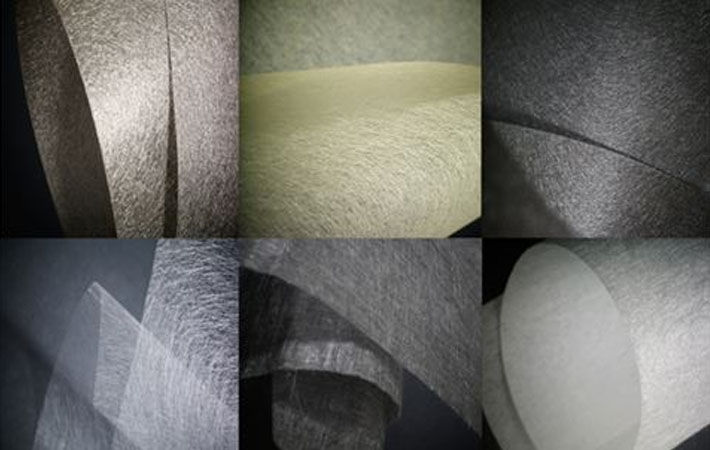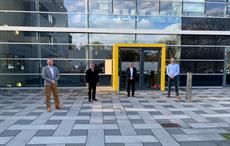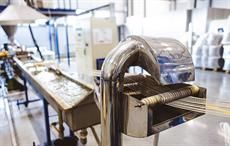Use of Technical Fibre Products’ aramid nonwovens in composite surfacing protects the structural elements of a composite from the effects of abrasion or wear. This has been indicated in a study, according to TFP. The study examined the effectiveness of surfacing veil to increase wear resistance of composite panels both with and without TFP’s aramid veils.
“Our lightweight aramid veils enable a high-quality surface finish, whilst simultaneously providing a durable and sacrificial layer in applications such as high speed composite rollers, automotive friction substrates or sporting goods where the composite experiences a constant friction. This continuous wear can potentially have a detrimental impact on the performance of the composite, as well as significantly reducing the product’s lifespan,” TFP said.Use of Technical Fibre Products' aramid nonwovens in composite surfacing protects the structural elements of a composite from the effects of abrasion or wear. This has been indicated in a study, according to TFP. The study examined the effectiveness of surfacing veil to increase wear resistance of composite panels both with and without TFP's aramid veils.#
The study examined the effectiveness of using a surfacing veil to increase wear resistance by comparing composite panels fabricated both with and without TFP’s aramid veils. The panels (based on epoxy resin and woven carbon) were tested using a pin-on-disk tribometer to measure friction and wear as a function of time. The data generated demonstrated that the measured coefficient of friction was significantly lower when an aramid surfacing veil was used, taking at least five times as long to reach the level measured in the control.
This indicates that the level of friction experienced by the composite surface is significantly lower and less material is worn away as a result, the company said. This finding is reinforced by microscope imaging of the samples showing just damage (and no breakage) to the surface fibres and no damage to or exposure of the woven reinforcement in the composite panels containing aramid surface veil. There was evidence of significant fibre breakage and damage to the underlying carbon weave in the control panel.
The findings demonstrate the importance of the aramid veil in acting as a sacrificial layer to protect the underlying reinforcement, ultimately increasing durability of the composite structure and extending its lifespan.
TFP’s nonwovens can be used to confer a wide range of functionalities to a composite, not just abrasion resistance. This includes conductivity or EMI shielding (using metal coated veils), corrosion resistance (glass or carbon) and even fire protection (with Tecnofire). “Our nonwovens are also widely used as surfacing veils. They have been designed for this function to ensure uniform resin uptake, eliminate dry spots, minimise print through and fibre breakout and ultimately deliver a high quality surface finish,” the company said.
Fibre2Fashion News Desk (SV)


